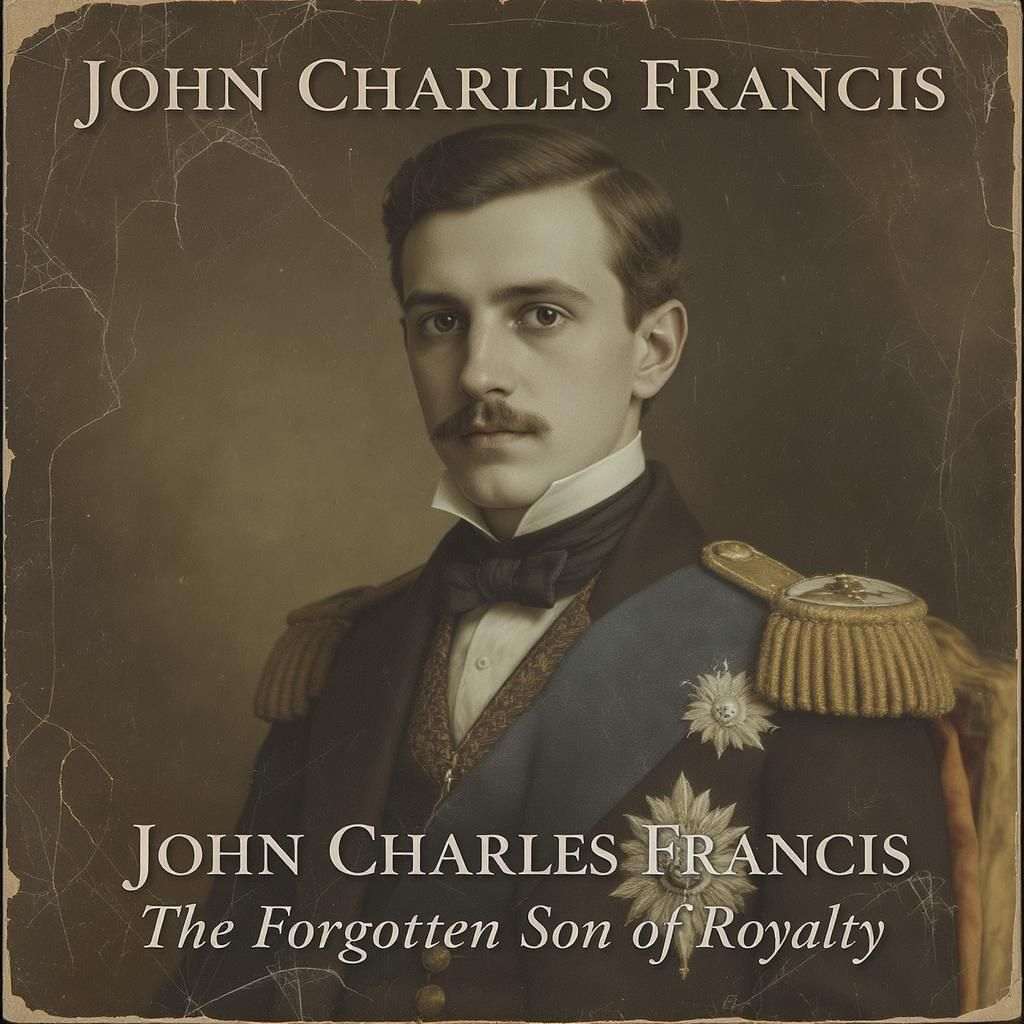John Charles Francis was thrust into a world of royal grandeur, routine, and massive notoriety – as youngest son to King George V and Queen Mary.
The British royal family represents incredible pomp, circumstance, and history one could imagine – as in any other historical context across the globe, like the Honjo Masamune, one of the most legendary examples of Japanese artistry.
But behind that regal story is tragic, and often hidden stories of people who lived through this as a person, not merely as a royal, looking for dignity and understanding. John Charles Francis metabolism was one of those stories.
Even born into one of the most visible families on the planet, his brief life was one of sickness, isolation, and an unending call toward expectation.
This article is an opportunity to revisit John Charles Francis, not as a remembrance of what could have been lost, but to consider what John Charles Francis’s story communicates about royalty, stigma, and the shared desire to be seen and belonging.
Contents
- 1 A Royal Birth Full of Promise
- 2 A Child Set Apart: The Onset of Illness
- 3 John Charles Francis’s Life in Isolation
- 4 John Charles Francis in the Royal Public Eye
- 5 The Final Days: A Tragic Farewell
- 6 The Forgotten Story of John Charles Francis
- 7 Lessons from the Life of John Charles Francis
- 8 Conclusion: Honoring a Life Once Hidden
A Royal Birth Full of Promise

Born on July 12, 1905, Prince John Charles Francis arrived in a world besieged by media speculation and national fervor.
The youngest of George, Prince of Wales (later King George V) and Mary, Princess of Wales (later Queen Mary) six children, his birth was celebrated in the British newspapers as more royal lineage to the royal family. He was christened with European royalty, who were indeed plenty – as more noble children.
From very early on it appeared clear that Prince John was a royal baby that would never reign from the crown; he would be always preceded by his elder brothers in the claim to the throne and succession. He had duties assigned to him, laid on the finer points of poise and propriety, representing royal grace, as per the usual duties of a prince except on the throne.
Prince John Charles Francis, it appeared, as the family ‘baby’, endeared himself to those in his presence, displaying charm qualities of being playful and innocent in a royal environment. This prince engaged significantly the young royals, the courtiers, and royal retreat staff.
A Child Set Apart: The Onset of Illness
Eventually, the picture-perfect image of free-spirited childhood was shattered. In his fourth year, Prince John had his first seizure—an occurrence that would change the course of his life forever.
He would ultimately be diagnosed with epilepsy, a little-known and much-maligned condition in early twentieth-century society.
The British monarchy operated in strict codes of acceptable behaviour. How the royal family appeared was of utmost importance; any sign of weakness, especially if medically related or psychiatric, presented a potential risk to the family’s strength and stability.
Under such circumstances, john charles francis had become an issue– a beloved son, yes, but a liability for royal handlers.
John Charles Francis’s Life in Isolation
It was decided it would be better for the young prince to be removed from public view and that he would therefore live away from the royal court and in isolation.
He moved to Wood Farm, a simple house on the Sandringham Estate, which today remains a private residence of the British royal family.
Here, he was looked after by a private nanny and tutor, john charles francis lived without conditions of a royal public and familial life.
Although he was removed from the wider royal public in actuality, there were moments of brightness in John Charles’s daily life.
He is said to have befriended the children of estate workers and have spent time outdoors. His caregivers had described him as happy, playful, and affectionate – a young boy who had a love of life despite his condition.
Yet, there was a distinction in experience between him and his siblings and the wider royal family. While the rest of his family were sending each other around the world to attend ceremonies, john charles francis was behind closed doors, and largely absent from the nation, that he was born to represent.
John Charles Francis in the Royal Public Eye
Even after he had resigned from royal duties, the royal household made token efforts to include John when possible to be included in family photographs and postcards. These photos and postcards were likely staged for some reason, perhaps to dispel rumors and give the impression of a unified family.
However, whether it was photographs, postcards or Christmas visits, none of this made much difference to John’s situation; he was relatively absent from family activities, state engagement activities and national consciousness.
In December at Christmas time, he would travel to the official Sandringham residence for lunch with the other royal family members. However these meetings were nevertheless short and staged, verifying how controlled and distant his relationship was with the royal family.
The Final Days: A Tragic Farewell
Prince John’s seizure episodes became increasingly frequent and severe as he transitioned into adolescence. There was a marked decline in his health leading up to January 18, 19109. Unfortunately, in the early morning hours Prince John suffered a fatal episode of epilepsy at Wood Farm. He was only 13 years old.
There are many theories about how Prince John’s death was received. There are reports some that indicated that his mother arrived in distress to his bedside. Other reports suggested that the family had a more distanced response.
What is clear is that on January 21, 1919 john charles francis was buried in a small ceremony at the Church of St. Mary Magdalene on the Sandringham estate.
The Forgotten Story of John Charles Francis
Prince John received hardly a mention after death. Even in royalty’s biography, he was possibly entirely excluded. Even in official genealogies, his name was sometimes omitted.
Within certain royal enclaves, he was remembered not sympathetically but awkwardly — an awkward reminder of vulnerability in a strength-obsessed institution.
One of his elder brothers reported coldly about the state of affairs, but with resentment rather than grief. Such comments say a lot about the position of illness and disability at the time, and this is particularly critical in a royal framework which feared imperfection.
Lessons from the Life of John Charles Francis
The Hidden Expense of Nobility
Beneath royal palaces and pomp lies a system which has historically valued image above all, including the well-being of its individual constituents. The case of john charles francis is an unfortunate example of how such institutions could disregard the needs of their most vulnerable members.
The Implications of Illness
Prince John’s separation was due not to any behaviours that posed a risk, but because of the pain of stigma around epilepsy. The Epilepsy Society notes that the public’s general understanding of epilepsy was very limited in the early 20th Century, often leading to unwarranted exclusion and discrimination.
His experience is a brutally efficient way of illustrating how ignorance or misunderstanding and social prejudice facilitate wholesale institutional isolation – an experience still suffered by many disabled persons.
Compassion or Compliance
The people who were closest to Prince John did like him very much. However their behavior was dictated by adherence to procedures, not by compassion.
His life represents the struggle between love and duty, especially when there are institutional restrictions in place.
Conclusion: Honoring a Life Once Hidden
Today, John Charles Francis‘ grave sits quietly at Sandringham – a solitary commemoration of a boy who lived more by circumstance than choice.
For decades, he had been erased from the public narrative, but his story is starting to be told now not with shame, but acceptance.
As we grow in our understanding and acceptance of neurodiversity and mental health, remembering john charles francis is a small, but significant act.
His life maybe was small, but it matters – not because he was royal, but because he was human.
